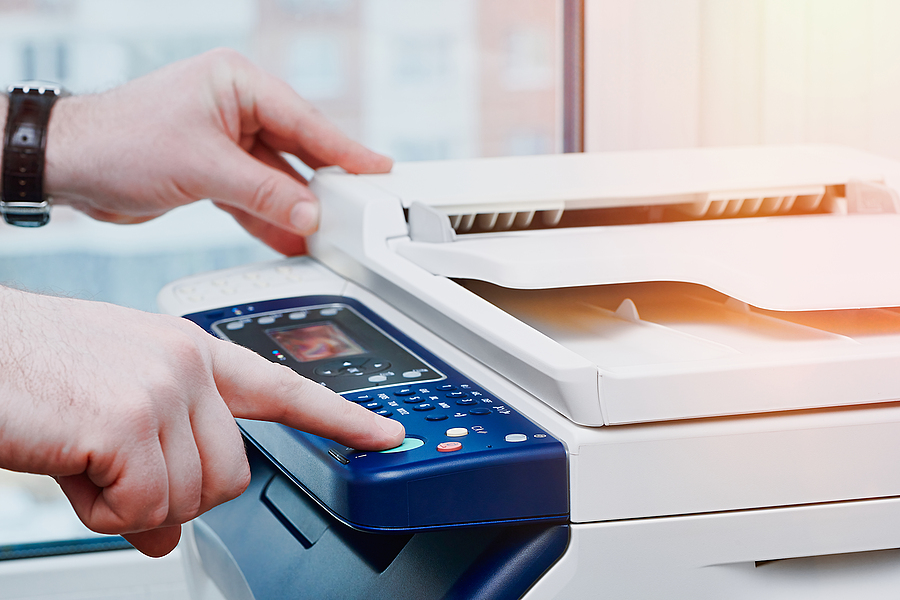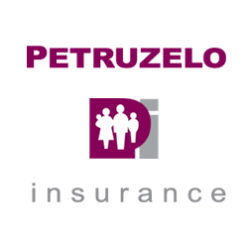
Multifunction printers are still used today by many businesses to print, copy, scan, and fax documents. These devices are connected to the network and therefore have access to confidential information such as employee records, financial data, or healthcare information. Due to the sensitive nature of the data they store and process, it is important that you protect these devices from cyber threats.
Here are some tips on how you can secure your multifunction printer:
1) Control access and usage of the device
There are several security measures you can take to ensure that your MFP is not compromised or used for malicious purposes. The first step is to use multifactor authentication and restrict access to the device only to those who need it. You should also monitor device activity and look out for any unusual behavior. For example, if someone logs in from an unfamiliar location or tries to print something strange that they shouldn’t be printing, this could indicate a breach in security or misuse of the printer.
You should also make sure that users can’t make unauthorized changes in settings or connect other devices (such as memory sticks.) You may want to set up multifunction printers with access controls that include a username and password, or you could choose an alternative method such as fingerprint or facial recognition technology.
2) Encrypt connected devices
Encryption is a must for any data that’s sensitive or confidential. It makes it more difficult for hackers to access the information and it’s often required by law, so if you’re not encrypting your data, you could be putting yourself at risk of a breach.
Multifunction printers often connect to other devices, such as computers and phones. This means that if one device gets hacked, all connected devices could potentially be compromised as well—so make sure encryption is enabled on any connected devices. You can also use antivirus software on your computers and mobile devices to protect against malware attacks.
3) Cyber threat protection for the network it connects to
If your office uses a cloud storage solution like Google Drive or OneDrive, make sure that your multifunction printer has good cyber threat protection in place so that hackers won’t be able to access sensitive information through it.
To protect the network and endpoints, you should be using a network security solution.
4) Check security settings and device activity
Be sure to check security settings and device activity regularly to ensure they’re still working properly and that nothing has changed unexpectedly since the last time you checked. You can also check its logs manually if needed.
